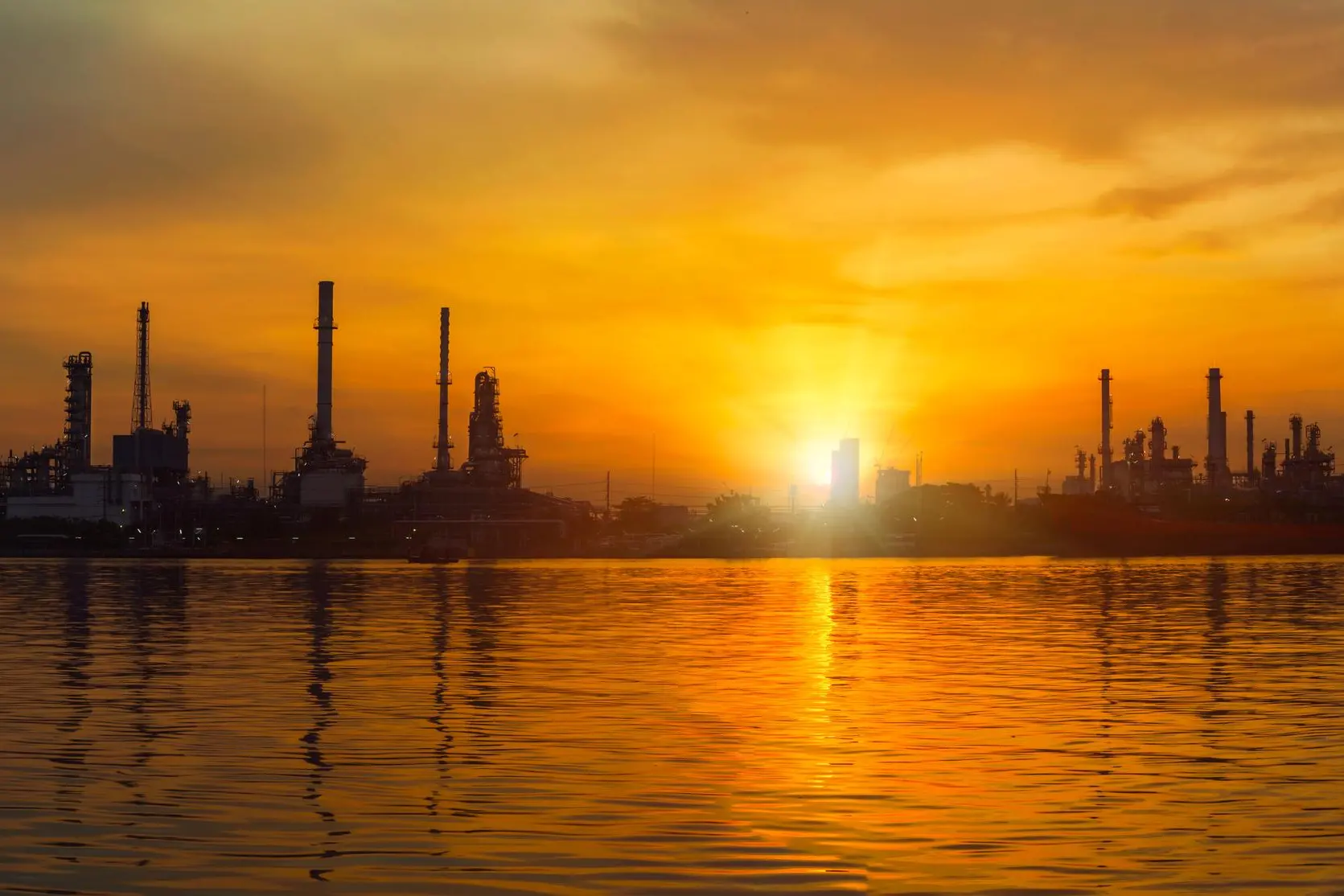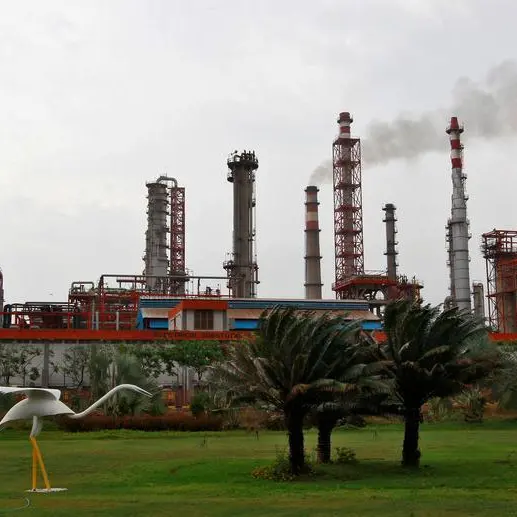PHOTO
LONDON: Saudi petrochemical producer Sipchem said its third-quarter profits surged by about half to SR180.3 million ($47.9 million) amid a brace of strong earnings from the sector.
The company also known as Saudi International Petrochemical Co, plans to merge with Sahara Petrochemicals as a wave of consolidation sweeps through the industry.
CEO Ahmad Alohali told Al Arabiya that the company’s third quarter performance was encouraging.
“Product prices varied,” he said. “Prices of nine of our products rose between 14 percent and 30 percent, as every product has its own dynamics. Production efficiency of Sipchem’s plant also improved.”
He also told the broadcaster that the ongoing US-China trade war could affect Sipchem, making it shift shipments from one market to another, he said.
Elsewhere, Yanbu National Petrochemical, also known as Yansab, overcame an increase in some of its feedstock costs to record a 13 percent jump in third quarter net profit to SR729 million compared to a year earlier.
It said the increase in profitability was down to higher average selling prices for most of its products.
Meanwhile, Saudi Kayan Petrochemical said net profit for the period rose by about 24 percent to SR471.9 million compared with a year earlier.
An improvement in productivity at some of its plants helped to drive profits higher, it said in a filing.
Saudi petrochemical producers from SABIC to Sahara are seeking to boost output and efficiency while oil companies such as Saudi Aramco are also increasingly looking at crude to chemicals technology to tap into the changing industry demand drivers.
Petrochemicals are set to account for more than a third of the growth in world oil demand to 2030, and nearly half the growth to 2050, adding nearly 7 million barrels of oil a day by then, according to the International Energy Agency (IEA).
“Our economies are heavily dependent on petrochemicals, but the sector receives far less attention than it deserves,” said Fatih Birol, the IEA’s executive director.
“Petrochemicals are one of the key blind spots in the global energy debate, especially given the influence they will exert on future energy trends. In fact, our analysis shows they will have a greater influence on the future of oil demand than cars, trucks and aviation,” said Birol in a report earlier this month.
The Middle East remains the lowest?cost center for many key petrochemicals.
Saudi Arabia and the wider Middle East are at the lower end of the cost curve among petrochemical-producing regions for primary chemical production.
Currently the region accounts for 12 percent of the global production of high-value chemicals, 9 percent of ammonia production and 15 percent of the methanol market.
In addition it also has huge growth potential with 90 percent of naphtha output currently exported instead of being used as petrochemical feedstock because of the ample availability of natural gas.
Copyright: Arab News © 2018 All rights reserved. Provided by SyndiGate Media Inc. ( www.Syndigate.info ).
Disclaimer: The content of this article is syndicated or provided to this website from an external third party provider. We are not responsible for, and do not control, such external websites, entities, applications or media publishers. The body of the text is provided on an “as is” and “as available” basis and has not been edited in any way. Neither we nor our affiliates guarantee the accuracy of or endorse the views or opinions expressed in this article. Read our full disclaimer policy here.












